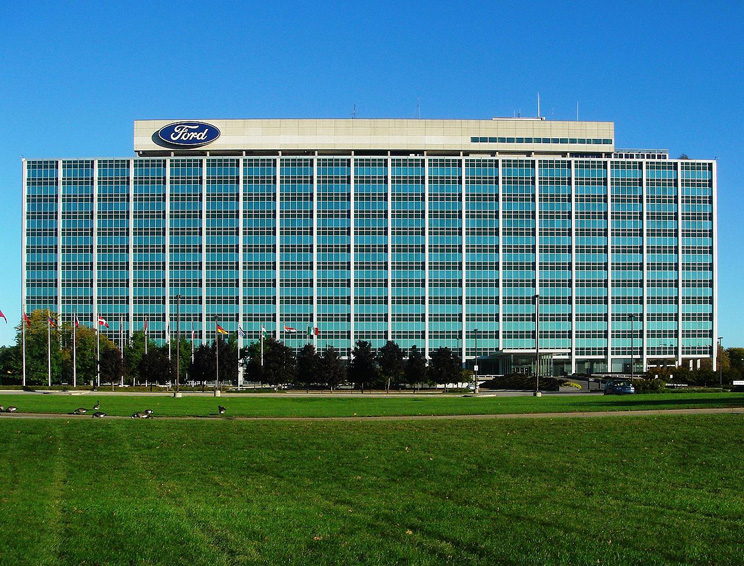In government and business, I have often heard that “teams in the field don’t understand the big picture” coming out of headquarters. Or, emanating from the grassroots level, “headquarters is clueless about what´s happening in the field.” How do you manage the natural friction between corporate headquarters and its divisions or subsidiaries?

In Afghanistan, the tension between the headquarters (top-down) and teams in the field (bottom-up) was clear in the work I was supporting. For instance, rural village leaders recognized the basic needs of their communities, such as safety, water management and agriculture, but did not necessarily look to the central government or other entities in the capital for assistance.
Many organizations based in Kabul focused on institution-building and worked with the central government, but did not often engage with grassroots leaders in rural districts. Often we facilitated meetings so that Kabul-based organizations with resources and authorities could meet with village and district leaders with constituent needs. Thanks to this exchange, top-down resourcing became more relevant in the eyes of community leaders and community leaders were better able to scale their governance efforts. Whereas before there had been little to no contact between the different top-down and bottom-up elements, we began to see mutually supporting sustainment systems slowly begin to develop.
How might this experience help other organizations manage the tensions between top-down and bottom-up?
In my experience, corporate headquarters generally owns the explicit formal authority, maintains the organization’s identity and provides the strategic direction. The teams or subsidiaries in the field hold informal authority and much influence, typically through personal relationships with clients and intimate knowledge about what’s happening at the edge of an organization.
Bottom-up-driven organizations tend to build strong local relationships, but their power is often limited. Top-down driven organizations have the heft to get things done, but can be challenged in terms of relevance if the headquarters is too isolated from what’s emerging on the horizon.

To grow and scale their efforts, teams in the field need resources. To be relevant and adaptive, headquarters needs the insights of its subsidiaries into the complex and dynamic environment in which it operates. Top-down groups should consider connecting their resources to legitimate needs and actively seeking new partnerships that honor grassroots initiatives.
Leaders need to actively look for opportunities to align mutual interests between the headquarters and teams in the field. For an organization to stay meaningfully positioned in a changing world, the teams in the field need to be part of a flat network that can share and act on what’s emerging in a dynamic environment.If corporate headquarters does not enable its divisions or subsidiaries, it may miss acting on nascent threats and opportunities. Teams also have to look up and seek opportunities to scale their budding efforts with assistance from the headquarters. A healthy tension between top-down and bottom-up, therefore, is not an either-or scenario. By blending the strengths of both approaches, an organization can quickly generate appropriate responses to exciting prospects emerging on the horizon.



I agree. Thanks for sharing your view. From my point of view, the case can be found in smaller companies too. No physical distance, but completely different mindsets.
Great post! I totally agree that bottom-up-driven organizations tend to build strong local relationships, but their power is limited. While, top-down driven organizations can have weaknesses if the headquarters is isolated from what’s happening at the edge of the organization. Thank you for sharing your valuable insights and experience.